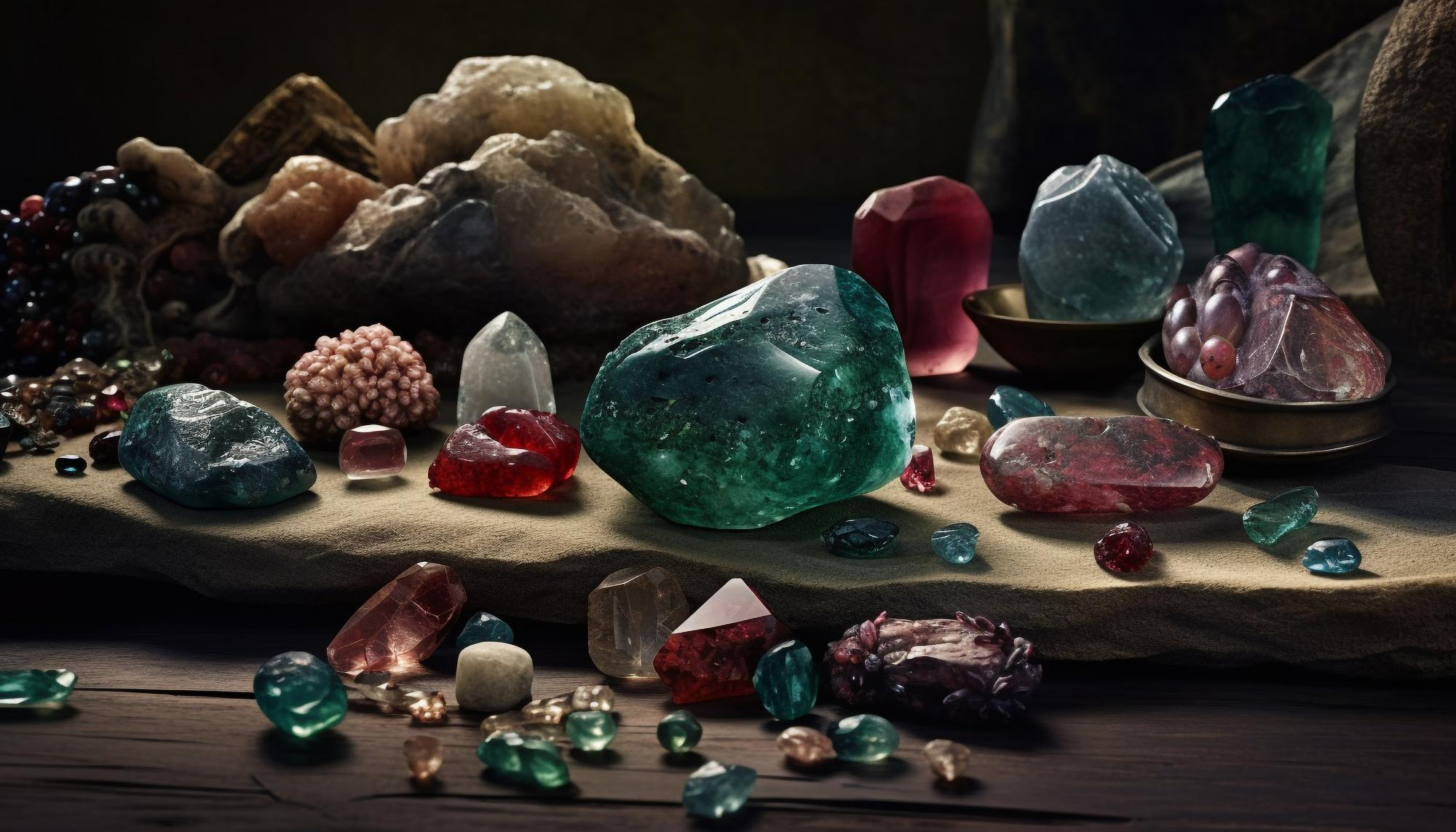MINERALS
PRECIOUS STONES
Precious stones, also known as gemstones or gem minerals, are rare and beautiful minerals that have captivated humans for centuries. These stones, such as diamonds, rubies, sapphires, and emeralds, are valued for their exceptional beauty, durability, and symbolism. Each precious stone has its unique characteristics, color, and cultural significance. Diamonds are renowned for their brilliance and association with love, while rubies symbolize passion and power. Sapphires come in various colors and represent wisdom and nobility, while emeralds are known for their vibrant green color and association with renewal and vitality. Precious stones have been used in jewelry, talismans, and as symbols of status and protection throughout history. Their allure and significance continue to captivate and inspire awe in people worldwide.


PRECIOUS METALS
METAL ORES


NON-FERROUS METAL
Non-ferrous metals are metallic elements that do not contain iron and are not magnetic. These metals have various industrial applications due to their desirable properties such as high conductivity, corrosion resistance, and lightweight nature. Common non-ferrous metals include aluminum, copper, lead, zinc, nickel, tin, and precious metals like gold and silver. These metals are widely used in industries such as aerospace, automotive, construction, electronics, and renewable energy. Non-ferrous metals are valued for their versatility, durability, and ability to be recycled, making them important contributors to sustainable practices. Their unique properties make them indispensable in modern society, playing a vital role in technological advancements and everyday products.
COAL AND CHARCOAL
Coal is the mineral anthracite, a fossil fuel composed of carbon and created over millions of years by the pressurizing and long term breakdown of of organic materials like plant remains. It is a black mineral found below the ground and mined out like any other rock or mineral. It is considered sedimentary, but can become metamorphic with continued exposure to heat and pressure. It is used for burning to supply heat and to make coal gas and coal tar.
Charcoal is produced by slow heating of wood or other combustible substances in the absence of oxygen. It is also a black substance made by burning wood slowly in an oven with a little air, and can be used as a filtering material or as fuel or for drawing. It is similar in some respects to coal but is less dense and more porous. So the main difference between the two is that coal is a mineral and charcoal is the ultimate form of burnt wood.

